So many of us suffer from tight traps which often can lead to headaches, decreased sleep, increased irritability and most importantly, movement compensation which can easily lead to injury. The trapezius muscles run from the base of your neck to the end of each collarbone and diamond-shape down in the middle of our upper back. They are responsible to carrying heavy loads and keeping our shoulders healthy when they are functioning properly.
Effective Stretches For Your Traps
There are many stretches for your traps, with the following four movements being my favorite. The chest stretch, the shoulder stretch, the lat stretch and the trap stretch. Each movement focusing on releasing the shoulder girdle from tightness and helping relax your spine in the process.
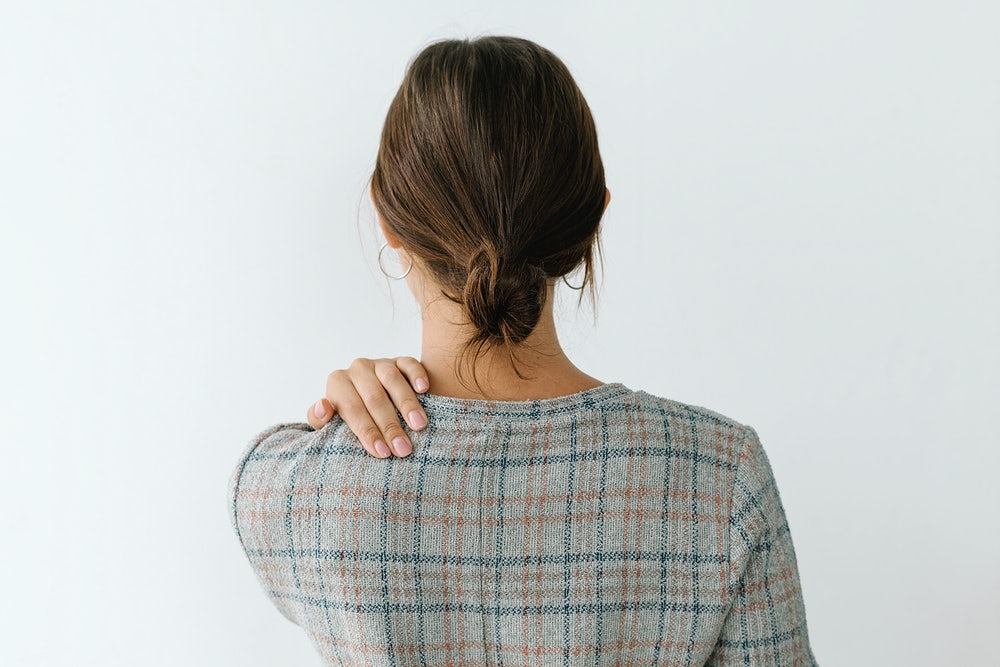
Mindfulness and Stretching Techniques
The goal for each movement is mindfulness, focusing on the duration of time each one is performed. There are two versions of each movement. The first version of the movement being an active stretch, which allows the muscle tissue to be activated and lengthened to allow to maximal relief.

Young couple stretching muscles on bench before jogging in autumn nature
Active and Passive Stretches For Your Traps
To properly perform an active stretch, you will hold the stretch for 2-seconds, then release. After that, repeat 10-15 times per side for a total of 2-3 rounds.
To properly perform a static stretch, you will hold the stretch for a total of 30-60 secs, releasing the stretch after the duration, alternating sides, and repeating for 2-3 rounds total.
If you are performing static stretching prior to your workout, hold your stretch no longer than 30 seconds at a time to avoid temporarily losing strength (going over 30 seconds prior to a workout has been shown to relax the nerves too much and decrease performance). However, post-workout static stretching can be done for up to 60 seconds at a time without any adverse affect.
The Lat Stretch
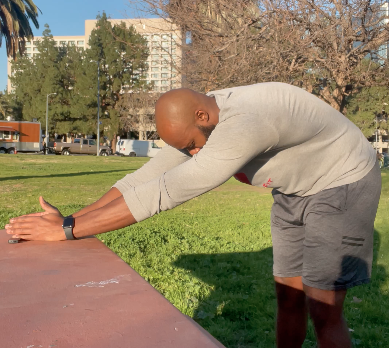
The first stretch we will cover is the lat stretch for the latissimus dorsi muscles, which are the large back muscles often referred to as your “wings”. They span from the top of each shoulder on the ends of each shoulder blade and diamond-shape down towards the lower back. The importance of stretching your lats is that they help with maintaining good posture, improve breathing, and help with reducing injuries from overhead or horizontal pressing movements.
How to Perform the Lat Stretch:
- Find a surface (table, footboard of a bed, chair) that is about waist high.
- With feet hip-width apart, soft knees, and navel drawn in towards the spine, bend at the waist with your arms stretched overhead.
- Your hands should be no more than shoulder-width apart with your palms facing each other and your thumbs toward the sky.
- Keep your arms straight and reach straight ahead to begin to feel the stretch in the armpit area of each arm radiating down the sides of your torso, holding the stretch at the first point of tension.
The Chest Stretch

The next stretch we will focus on is the chest stretch. To perform this stretch properly, we will need to find a wall with proper clearance.
How to Perform the Chest Stretch:
- Start with your feet in a staggered stance position, and your stretching arm at 90 degrees (at the elbow). Rest your forearm on the wall and palm facing outward, resting on the wall.
- Ensure your humerus (upper arm) is parallel to the floor.
- Place your opposite hand on the hip (on the side not being stretched). Slowly drive your hips forward, flexing your knee and rotating your torso and neck away from the wall. Squeeze your shoulder blades in the process and hold the stretch at the first point of tension.
The Shoulder Stretch
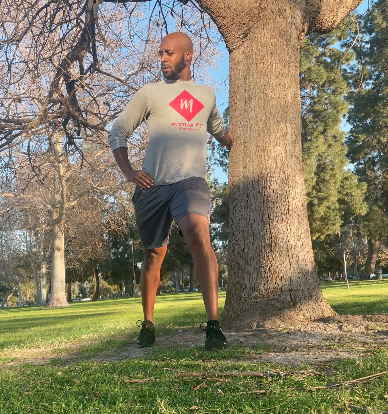
Our third stretch, similar to the second stretch, is the shoulder stretch. The setup here is relatively the same.
How to Perform the Shoulder Stretch:
- Instead of keeping your stretching arm at 90 degrees, extend your arm back, keeping it in a straightened position with your palm facing outward, lying flat on the wall.
- Your opposite hand will be on the same side hip (on the side not being stretched).
- Slowly drive your hips forward, flexing your forward knee, as you rotate your torso and neck in the direction away from the wall, and squeezing your shoulder blades, holding the stretch at the first point of tension.
The Trap Stretch
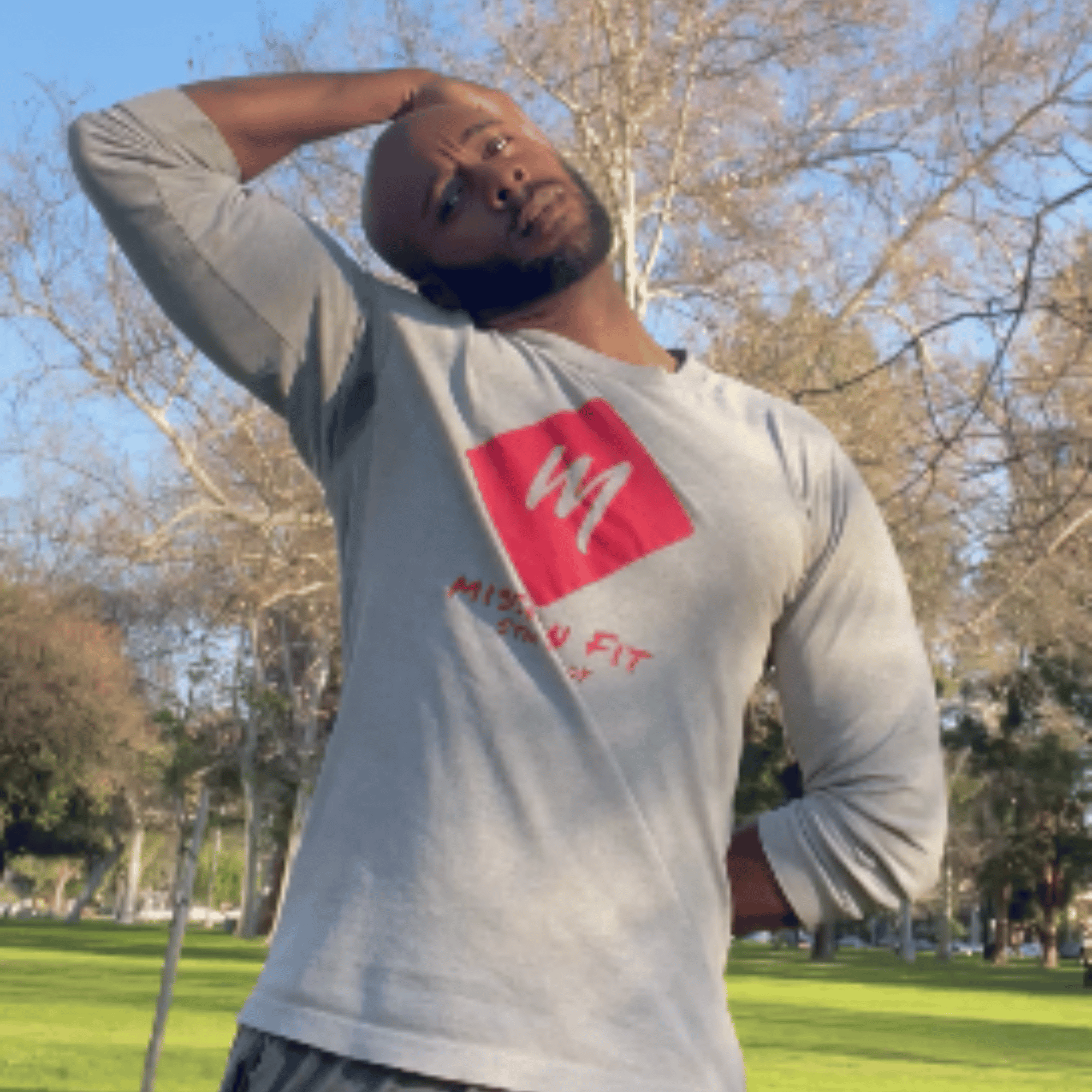
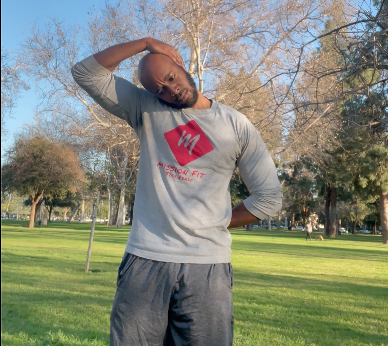
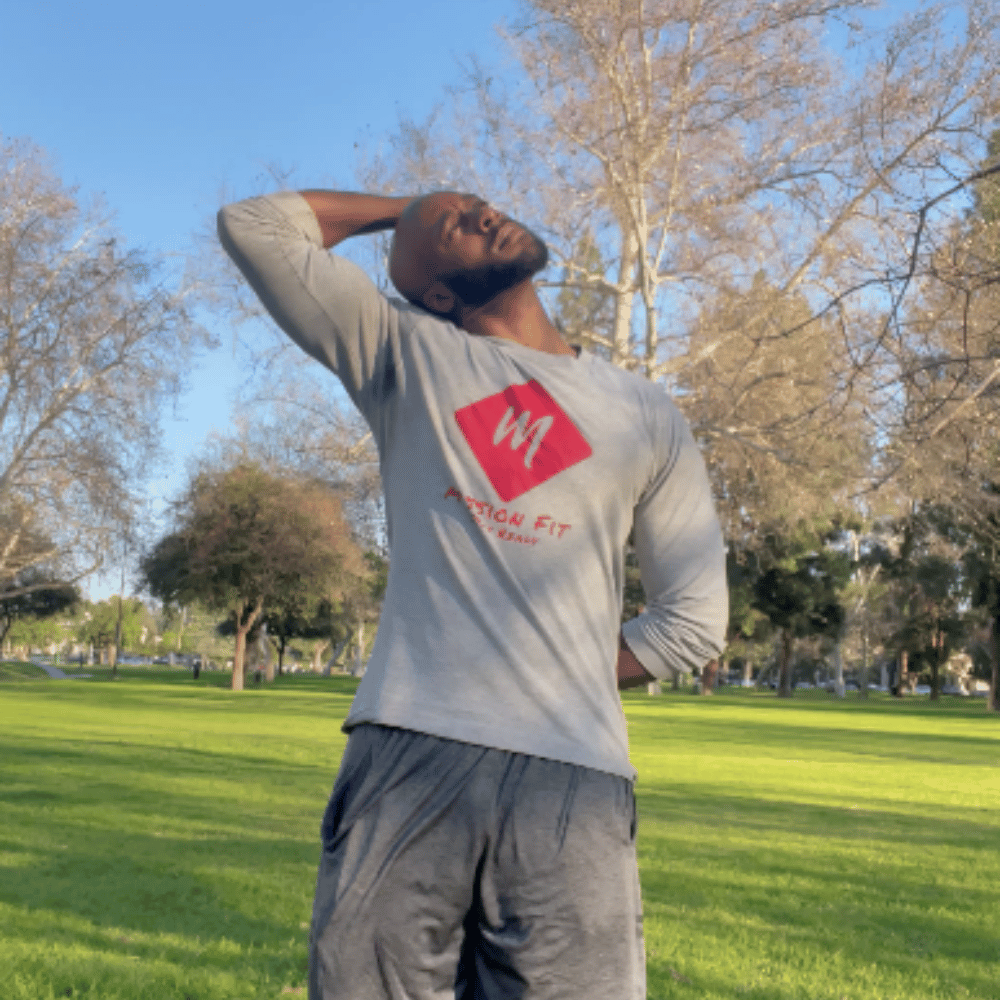
Our last stretch is the most important one for releasing the traps. We will focus on targeting three different portions of the trapezius complex.
How to Perform the Trap Stretch:
- Begin by placing your right arm behind your back, bending at the elbow.
- With your left hand, place your fingertips below your right ear and slowly bend your neck laterally towards your left shoulder to the first point of tension.
- Rotate your chin downwards to feel the stretch towards the back of the neck.
- Rotate your chin upwards towards the sky, angling your chin at 45 degrees towards the right shoulder.
- Hold each stretch for the marked time, alternate sides, performing the stretch on the opposite side, changing arms.
Lastly, be sure to keep your navel towards your spine during each of these stretches. Breathe throughout while holding the stretch. DON’T HOLD YOUR BREATH WHILE STRETCHING!
These stretches will definitely help relieve tension throughout your traps and overall shoulder girdle. In the future we will discuss the self-myofascial release, also known as SMR, and its importance to a well-rounded mobility routine. Enjoy!
Author: Coach K. Williams, Mission Fit Now



